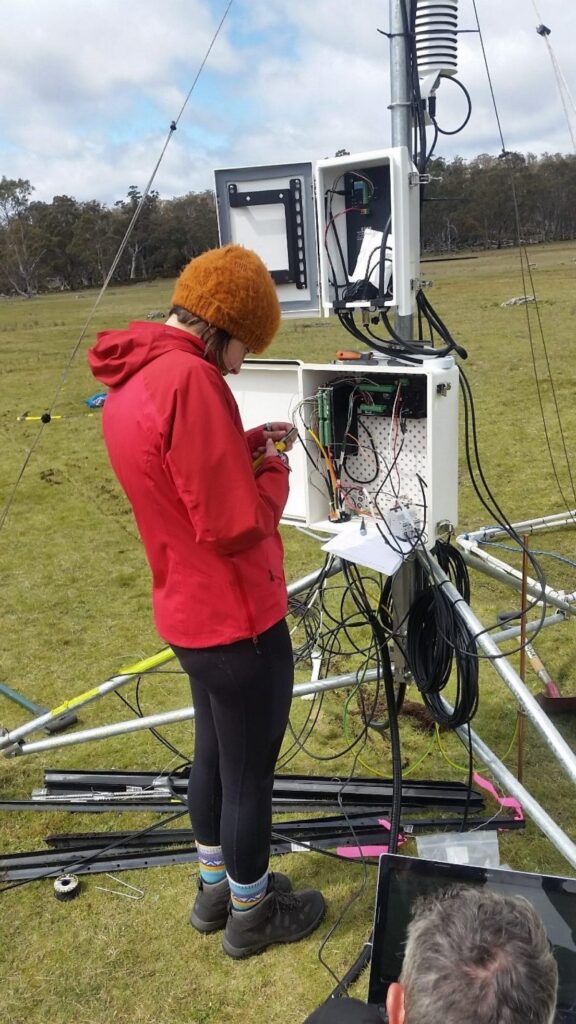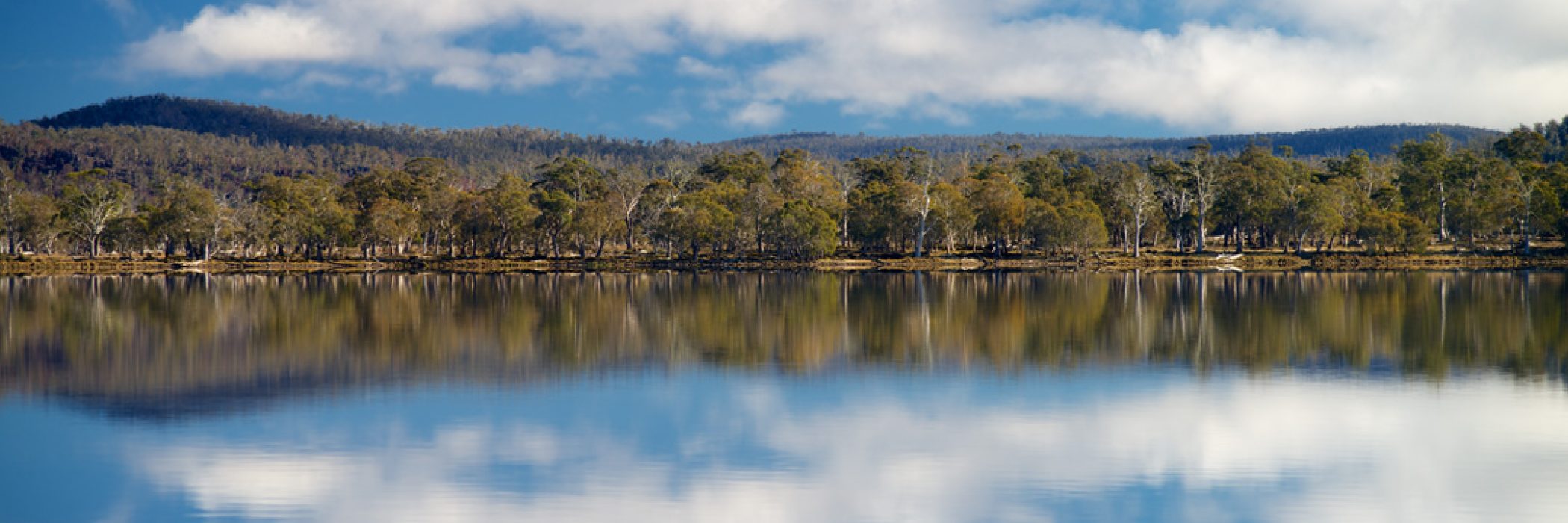Silver Plains tops list for alpine research
Up in Tasmania’s Central Highlands, researchers Zachary Brown and Mark Hovenden are installing the latest in a network of monitoring infrastructure that will stretch across the alpine areas of Australia.
They’re at Silver Plains, one of the TLC’s New Leaf properties. Silver Plains, on the shores of Lake Sorrell, has just the right features for the Australian Mountain Research Infrastructure Facility that Zach and Mark are part of.
‘We’re looking for both low and high alpine environments,’ says Zach, a native of Indiana who completed his PhD at UTAS and is now working for the Australian National University. ‘We’re setting up stations in New South Wales, Victoria, the ACT and two in Tasmania. Silver Plains is great not just because of its natural values, but because Mark has already been working with the TLC at this site.’
The project is installing infrastructure to collect real-time data on alpine environments. The data collected will cover climate, weather and soil information, and everything recorded will be publicly available, meaning researchers across the world can make use of it.
These landscapes will be the last refuges for many species as the world warms. They’re very complex systems, and worldwide we have a huge lack of climate, weather and soil data to help us understand how they work and how they will change.
— Zach Brown
Experiments at the site will be investigating how species adapt to changing conditions in alpine areas. During the course of the project, there will be some climate manipulation experiments, including installing a 3 x 3 metre ‘rain exclusion shelter’, to look at how drought conditions affect alpine flora and invertebrates.
‘Alpine areas will become more and more important,’ says Zach. ‘These landscapes will be the last refuges for many species as the world warms. They’re very complex systems, and worldwide we have a huge lack of climate, weather and soil data to help us understand how they work and how they will change.’
One of the more interesting pieces of infrastructure the team is installing is a series of phenocams. These cameras take multiple photos a day to track how vegetation responds to changing weather. ‘We’re working at a tiny scale,’ says Zach, ‘looking at very specific microclimates and watching how plants respond to environmental changes. Measurements at a community level can be used to predict how the ecosystem as a whole may change.’
The infrastructure will take around two years to install and most of it will keep recording data for ten or more years. The team hopes the things they discover will be useful not only to researchers from all disciplines, but also to citizen scientists.
‘Hikers, mountain bikers, skiers – they could all be involved,’ says Zach. ‘This is a project for anyone who uses the mountains.’





